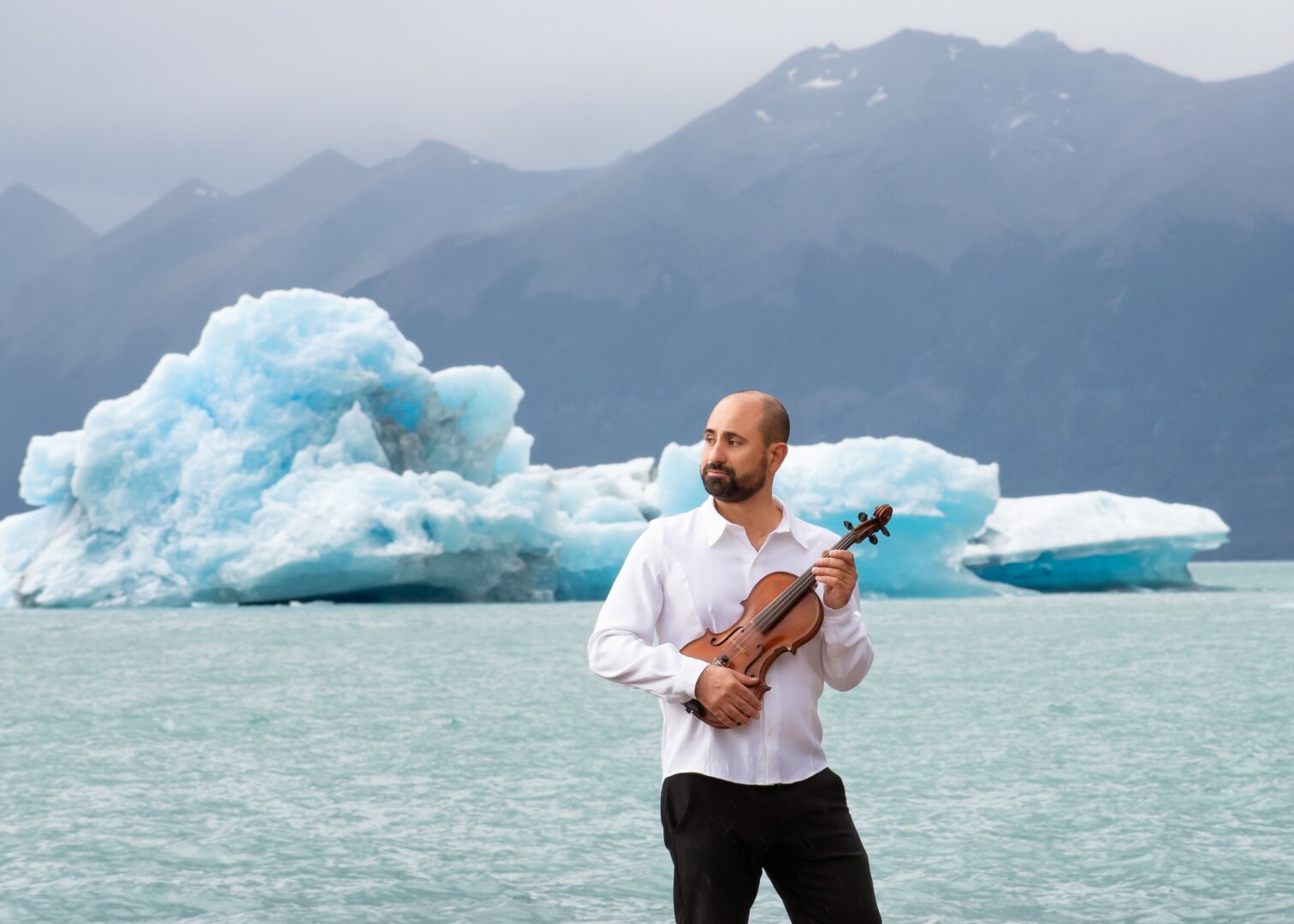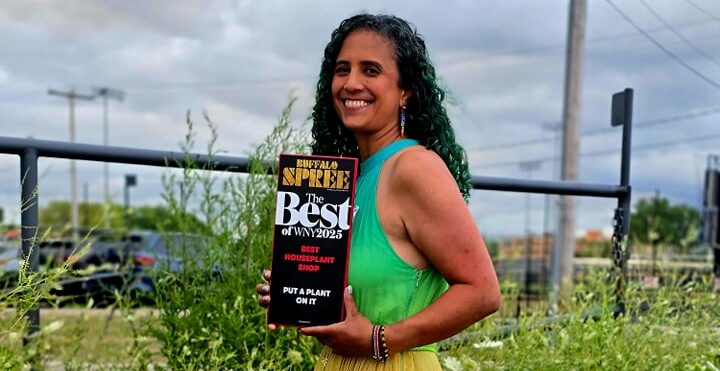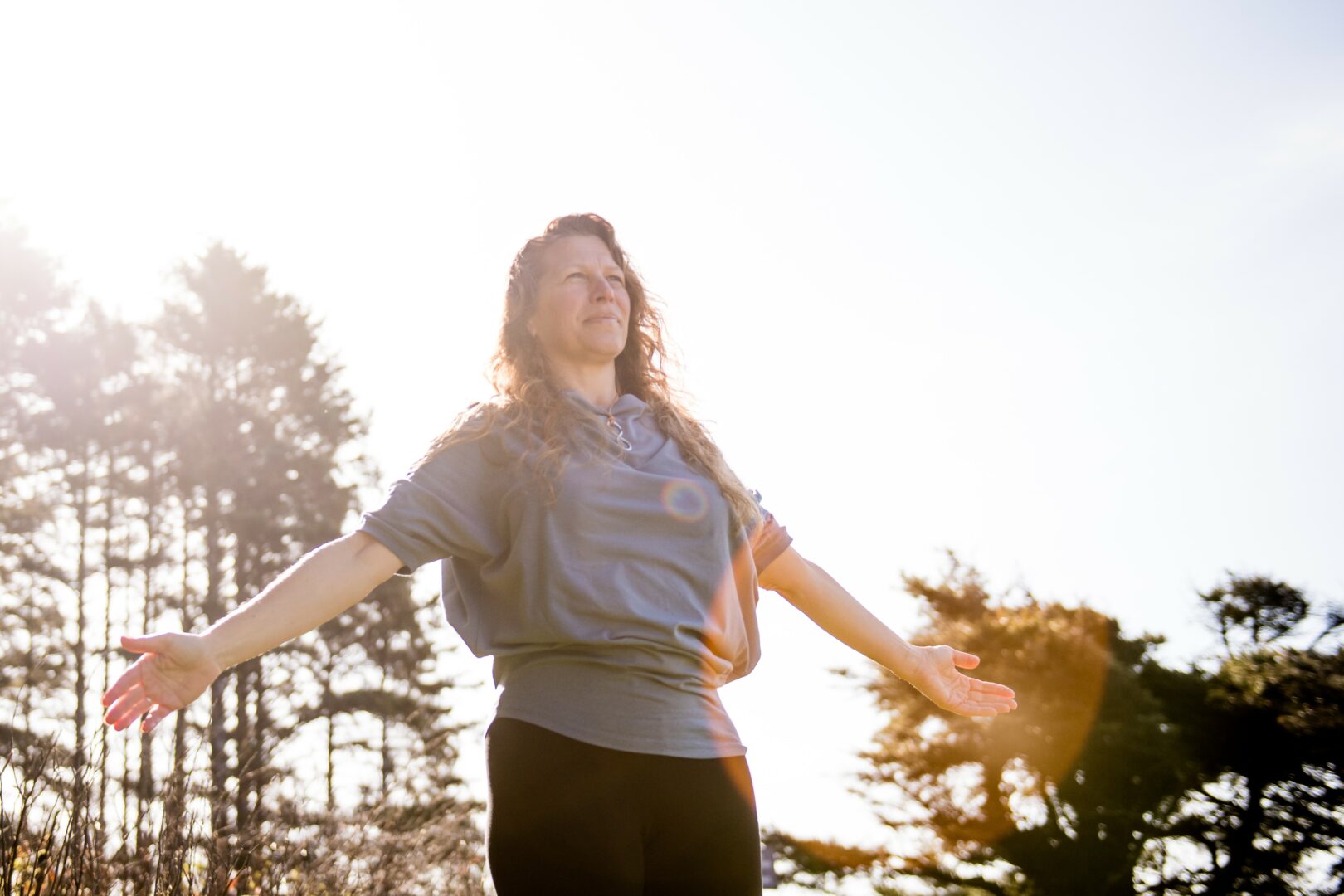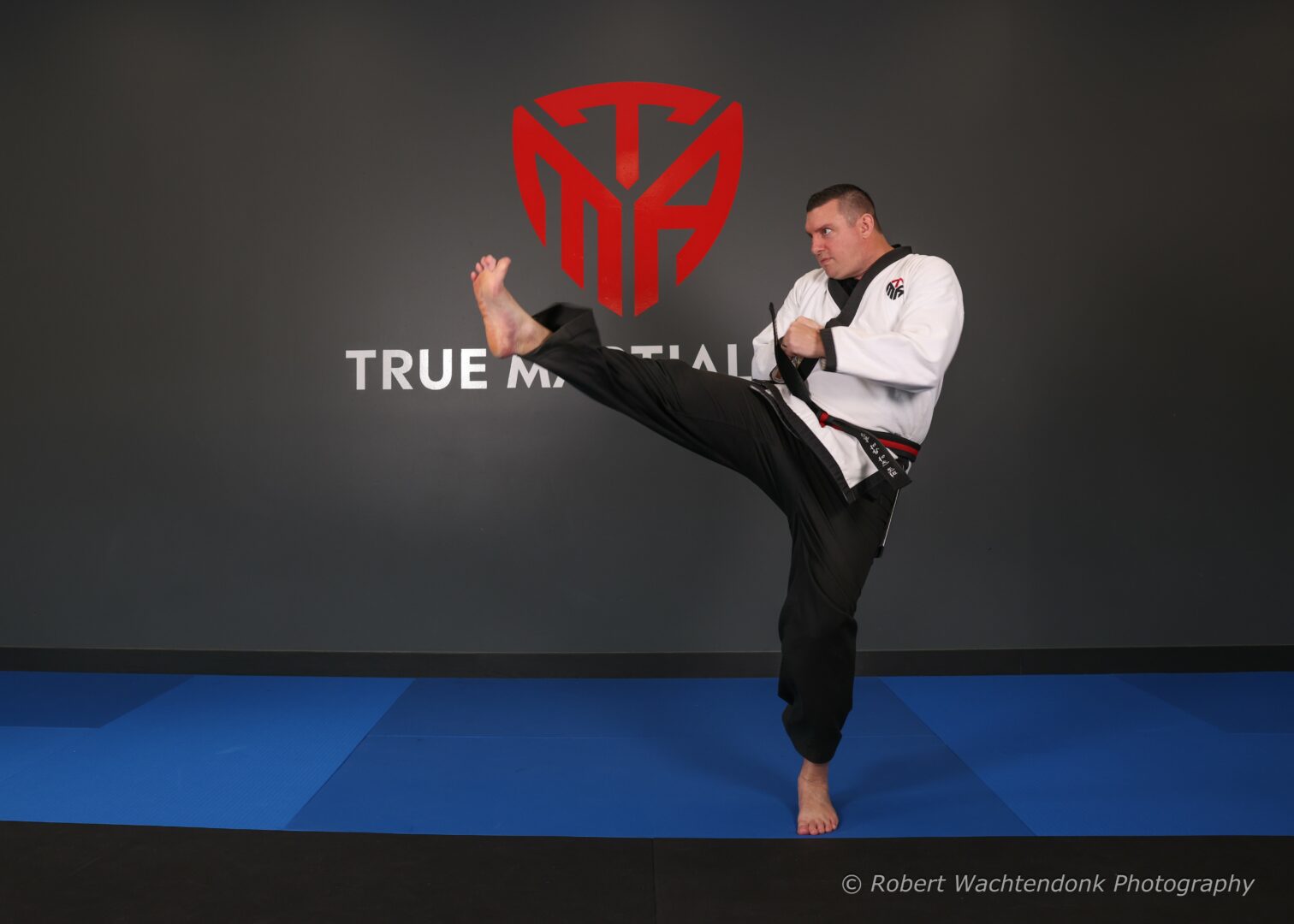We caught up with the brilliant and insightful Bernardo Di Marco a few weeks ago and have shared our conversation below.
Bernardo , thank you so much for joining us today. Let’s jump right into something we’re really interested in hearing about from you – being the only one in the room. So many of us find ourselves as the only woman in the room, the only immigrant or the only artist in the room, etc. Can you talk to us about how you have learned to be effective and successful in situations where you are the only one in the room like you?
What truly matters today is forging a distinct style —a new one— that speaks to the particular moment we are living in history. If we consider the last century, it was defined by the era of the masses: of mobilized collectives, where the individual often dissolved into the group and became unseen. In many ways, the 21st century arises as a response to that phenomenon —an age of personal stories, of individual quests, of inner exploration rather than collective belonging.
I’ve reflected at length on this shift in the pages of Opinión Musical, the journal I’ve had the pleasure of directing for over five years now. I invite you to read it; it’s published in Spanish, with select articles also available in English:
👉 www.academiadimarco.com/revista-opinion-musical
If we think of traditional educational models —conservatories and institutions shaped by the Industrial Revolution— they were designed to produce individuals for the workforce, often for a lifelong occupation. These institutions provided a standardized curriculum, meant to instill a shared knowledge base and reinforce the ideals of the nation-state, patriotism, the family, and the profession.
But everything began to shift after the fall of the Berlin Wall in the 1990s. The turn toward globalism marked a fragmentation of values, a crisis of traditional references, and the slow unraveling of collective ideals.
The world of art and culture has not been immune to these changes —in fact, it often anticipates them. At times, it even amplifies or suffers their effects. Long before these societal ruptures became evident, art had already begun to express this sense of fragmentation —and today, it does so more explicitly than ever.
In the field of music —my field— there used to be clear stylistic rules. Think of Mozart, Beethoven, or even composers well into the 20th century: they followed formal systems, and the idea of being “avant-garde” was a shared standard. The same applied to interpretation: there were distinctive schools —the German, French, Russian, American ways of playing the piano or violin, for example.
But those parameters no longer hold. They’ve been questioned, deconstructed, or abandoned altogether. A contemporary composer can create from a deeply personal space, guided by their own inner language. An interpreter, too, may approach a piece in a way that foregrounds their individuality, their unique sensibility.
We are living through a new kind of revolution —one that began around the year 2000 with the rise of the internet and is now unfolding further through artificial intelligence, robotics, and a hyperconnected world. In this context, individuals are reclaiming their personal narratives. To change the world begins with changing one’s own —a personal revolution that leaves a trace in collective history.
This is the age of entrepreneurship, of self-driven projects, of inventing new cultural, educational, artistic, and technological realities. From that impulse, my own perspective emerges: one that starts with the individual, and only from there extends toward others and to society at large.
It was this awareness that gave me the courage to create.
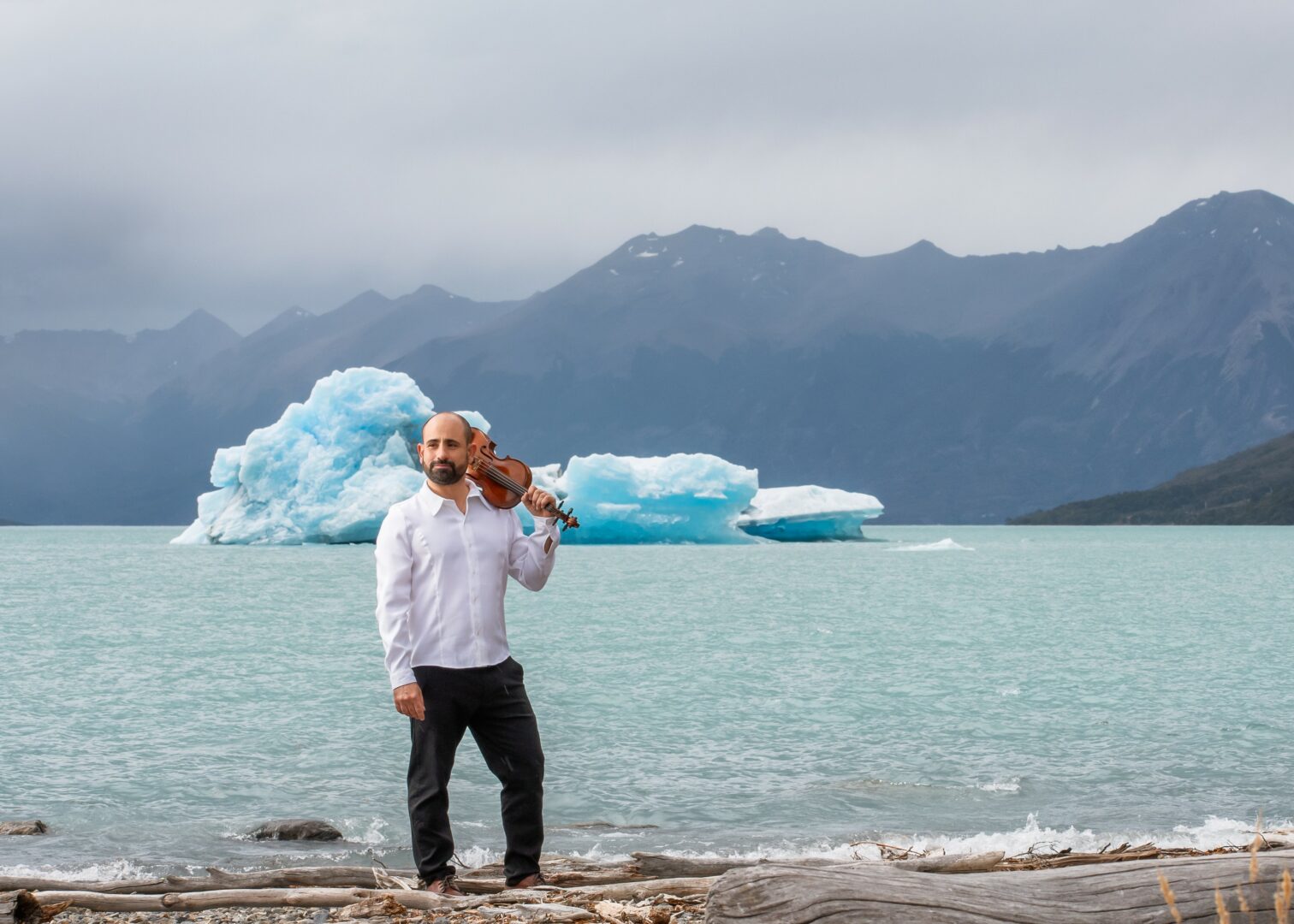

Great, so let’s take a few minutes and cover your story. What should folks know about you and what you do?
A Path Shaped by Music and Vision: From Switzerland to the Heart of Patagonia
From a personal perspective, I can say that each chapter of my musical journey has been defined by challenges and a constant pursuit of growth. During my childhood, I spent several years living in the United States. However, it was upon returning to Argentina with my family that I began my formal musical studies, enrolling at the Conservatory of Tucumán in the northern region of the country. There, I took my first steps as a violinist.
After finishing high school, I moved to Buenos Aires to continue my university-level training. In the capital, I joined various orchestral projects, including the Academic Orchestra of the Teatro Colón and the Orchestra of the National Congress. Then, in 2007, a turning point arrived: I was offered the opportunity to attend a summer course led by the great maestro Alberto Lysy, who at the time directed the prestigious Menuhin Academy in Switzerland — a dream destination for any string player. The academy, nestled in Blonay near Lake Geneva, would become the gateway to my European journey.
My path has always been guided by the desire to learn from great masters — those capable of transmitting not only technique, but also wisdom. One of my greatest aspirations was to study under Bruno Giuranna, widely considered the father of the modern viola. Through mutual contacts, I was able to attend one of his courses in Bellinzona, in southern Switzerland, and eventually joined his class at the Conservatory of Lugano. After completing that stage, I moved to Geneva to further my studies, this time focusing on musical composition. There, I had the privilege of learning from renowned theory and composition teachers who helped me refine and deepen my creative language.
Upon returning to Argentina, I felt a strong calling to channel my work into a project with real cultural impact. I had often shared a dream with friends and colleagues: to teach in a part of the country where music education was scarce or non-existent, a place where something new could truly be built from the ground up. I thought of Patagonia — its awe-inspiring landscapes of glaciers, rivers, and mountains — as a region that could nurture both artistic inspiration and educational innovation.
Soon after my return from Switzerland, I was offered a teaching position that led me to settle in El Calafate, a city internationally known for its proximity to the Perito Moreno Glacier. In the following years, I decided to forge my own path — one that could leave a lasting legacy. As I mentioned earlier, I believe that now, more than ever, it is essential to create new spaces — cultural realities that reflect the times we live in.
That belief gave rise to the International Music Academy, with locations in El Calafate and El Chaltén in the south, and in Tucumán in the north, along with a strong online presence. Through the academy’s platform, we have organized concerts, masterclasses, courses, and events in different regions of Argentina. Some of our students are now pursuing studies in Europe, while others have been selected to perform at the Teatro Colón, one of the world’s most prestigious venues. Our approach is expansive and inclusive: we welcome students of all ages and levels, and invite teachers and artists from Argentina and abroad to share their knowledge with both students and the public.
Alongside my role as director of the academy, I continue my own artistic practice as a concert performer and composer, writing music for orchestra, choir, violin, piano, and viola. I also give online lectures and, since 2020, I have been the founder and editor of Opinión Musical, a journal that now has twenty-five issues and subscribers from various parts of the world.
To me, the essence of creation lies in exactly that: the act of building new realities from a personal vision — a vision that can grow outward, toward a broader cultural landscape.
I invite you to learn more about this ongoing project:
👉 www.academiadimarco.com

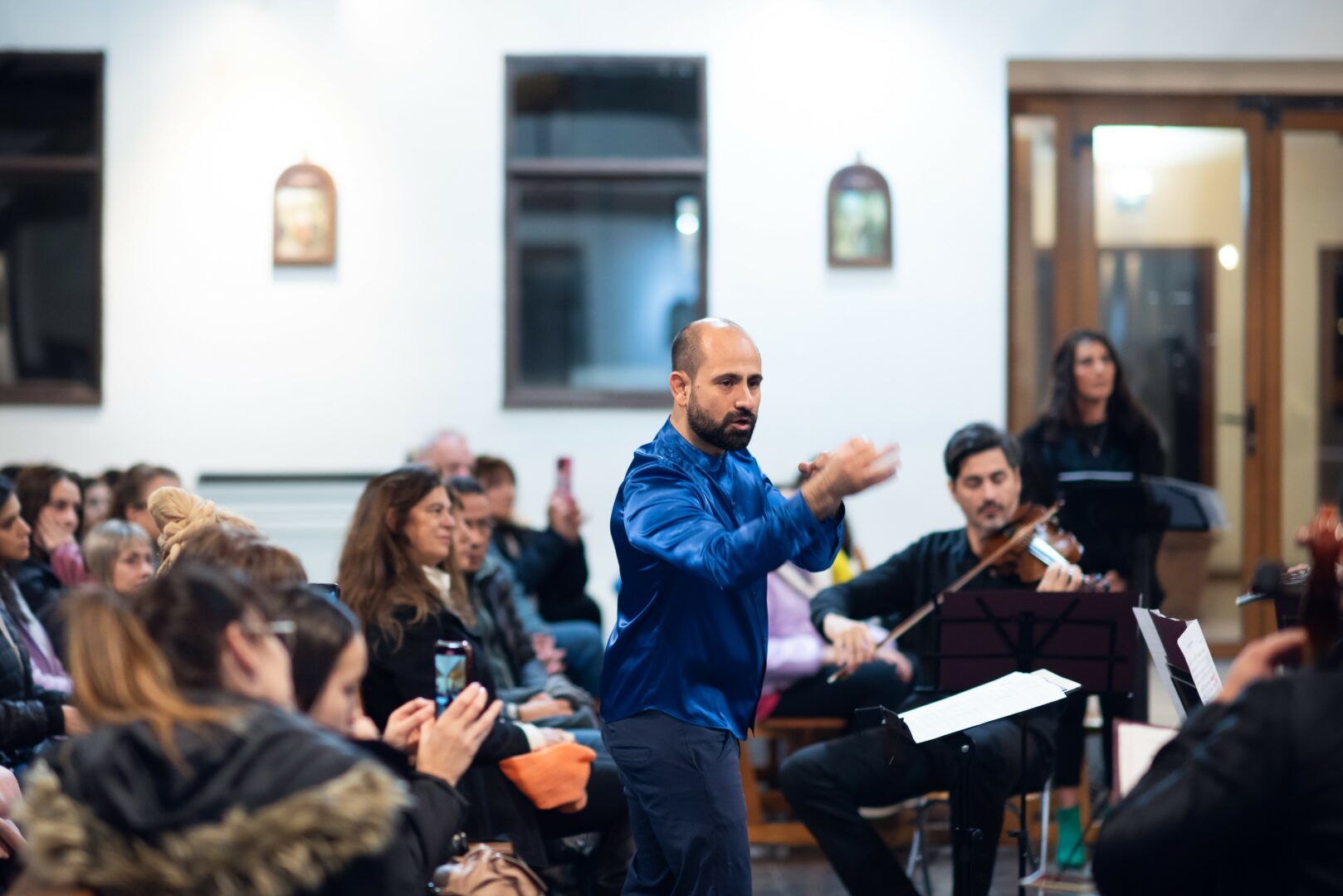
If you had to pick three qualities that are most important to develop, which three would you say matter most?
Consistency, Method, and Resilience: Three Pillars of the Musical Path
In response to this question, I could list many qualities, skills, or areas of knowledge that had a significant impact on my journey. I’ll try to address both parts of the question within a single reflection.
The first quality I would highlight is consistency. Perhaps consistency is the most difficult to sustain in a musical career, as this profession demands daily, long-term practice. I learned the value of consistency from my first violin teacher, Elvira de Carrer. She waited for me in the classroom every week, without fail. I especially remember one occasion when a conservatory party happened to coincide with my lesson time. When my mother and I arrived, she said to the teacher: “Ma’am, go enjoy the party. You can give the lesson later.” But my teacher, without hesitation, chose to give me the lesson anyway, while everyone else was celebrating in another room. That image stayed with me—I must have been around ten years old. It was the old-school approach, that of rigorous and committed teachers.
Connecting this to the first question in the interview, I reflect on how today we live in a fragmented and immediate culture, where the fleeting has become the norm: what is trending today is forgotten tomorrow. Who can now watch a three-minute video without getting distracted or scrolling away? And this leads me to the second part of the question. Young people today are used to instant gratification, jumping from one thing to the next, in a constant state of change. This mindset clashes with the slow and steady rhythm that musical education naturally requires.
I’ve heard many colleagues say that students no longer practice, that they don’t study at home, and that teachers are now hesitant to insist. Yet I believe there’s a way forward: we must become aware that studying an instrument or composing music demands time, patience, and consistency. For young students, family support is essential. And for adults, it’s crucial to understand that the culture of instant results—like learning guitar in three online sessions—can only yield very limited outcomes.
The second pillar is method, which is directly linked to knowledge. No serious and lasting endeavor can succeed without a method. By method, I mean technique—not only in terms of playing or understanding music, but also a method for study itself, which also demands consistency. Think of someone who loves basketball and wants to play professionally—or at least at a serious amateur level. They need to understand the rules of the game, be in good physical condition, know how to shoot, and how to pass the ball to a teammate. Music works in a very similar way.
To acquire a method, one needs a teacher. It’s certainly possible to learn on your own, to be self-taught, but this requires a great deal of time, discipline, and intelligence. There’s also the risk of practicing incorrectly. It’s like entering an unfamiliar jungle without a guide—a real danger. We can also learn by sharing with peers; it’s common for orchestra students to gather to study a difficult passage together, each contributing ideas. But when everyone is at roughly the same level, progress tends to plateau.
That’s why I believe the best way to develop a method is to seek out a good teacher—someone who not only teaches technical skills but also guides you in how to approach your studies. Only then can you eventually develop your own artistic identity. At this point, it’s worth challenging the old structures, where the teacher was a superior figure, admired almost blindly, and students were molded in their image. That model suppresses the individuality of the student. I believe that today, a teacher should be able to recognize each student’s unique qualities, give them space, and help develop those abilities.
A method will only be as good as the teacher behind it. So, to teachers, I recommend embracing as many experiences as possible, so they can pass on a rich and varied knowledge. And to young people starting out, I suggest finding the best teachers you can and following them with faith and dedication—without becoming their carbon copies. In fact, a good student must be ready to challenge their teacher if they feel it is necessary.
As a third and final point, I would emphasize resilience—the ability to endure, adapt, and move forward, even in the most difficult moments. It is very common for both children and adults to start learning music with great enthusiasm, only to quit at the first sign of difficulty. I remember a story a colleague once told me. A young boy, captivated after seeing and hearing a cello at a music academy, asked to try it. He immediately produced a beautiful sound and eagerly started lessons. The first month went well—teacher and student were both excited. The boy progressed quickly and became an example to others. The second month went even better: he was already playing simple pieces, and his technique was developing. The teacher praised his progress. But by the third month, doubts and fears crept in. The boy began to worry whether he was doing things right, whether the sound was good, whether the bow angle was correct. Over time, his anxiety grew. One day, his father called to say he didn’t want to continue. The teacher tried to encourage them, but after two more lessons, the boy dropped out.
What happened, if everything had been going so well? In my view, what was missing was resilience. When challenges arose, he gave up rather than push through the discomfort.
Returning to the original question: resilience is a foundational pillar in life and in musical development. There will always be difficult moments—whether personal, financial, or institutional—and people who will make the path harder. What matters—and this is my advice to younger generations—is not to be carried away by today’s culture of convenience and avoidance. If something doesn’t please me, I delete it from my feed. If today I like the violin and tomorrow I don’t, I quit and move on. If I feel like going to class, I go—and if not, I don’t. I believe this mindset eventually fosters a generation lacking in strength and stable values.
I think of the pioneers who settled in Patagonia at the beginning of the 20th century, enduring extreme weather and scarce resources. Thanks to their resilience, they persevered. That same spirit, I believe, is what we must recover today to build meaningful, long-lasting artistic paths.
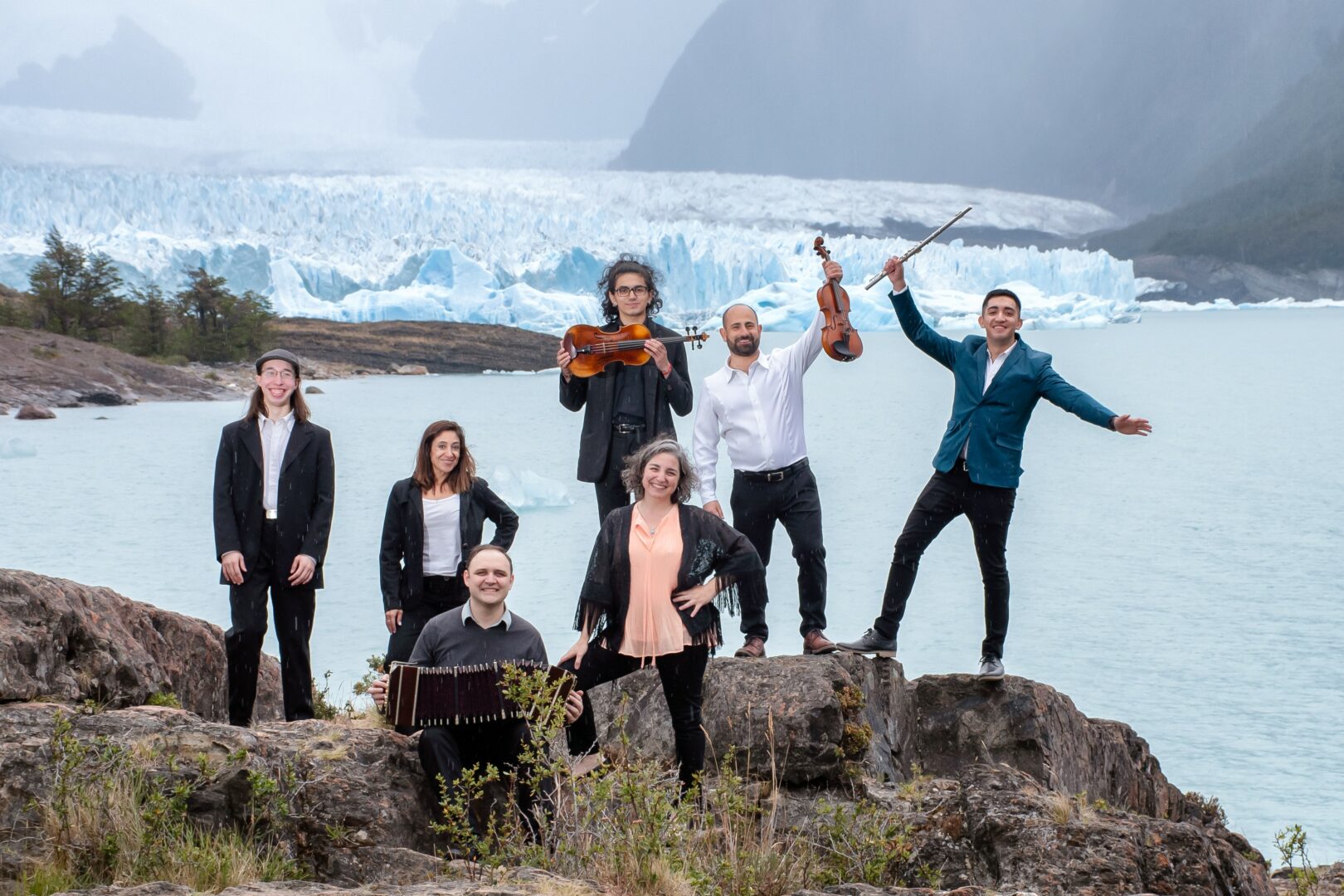
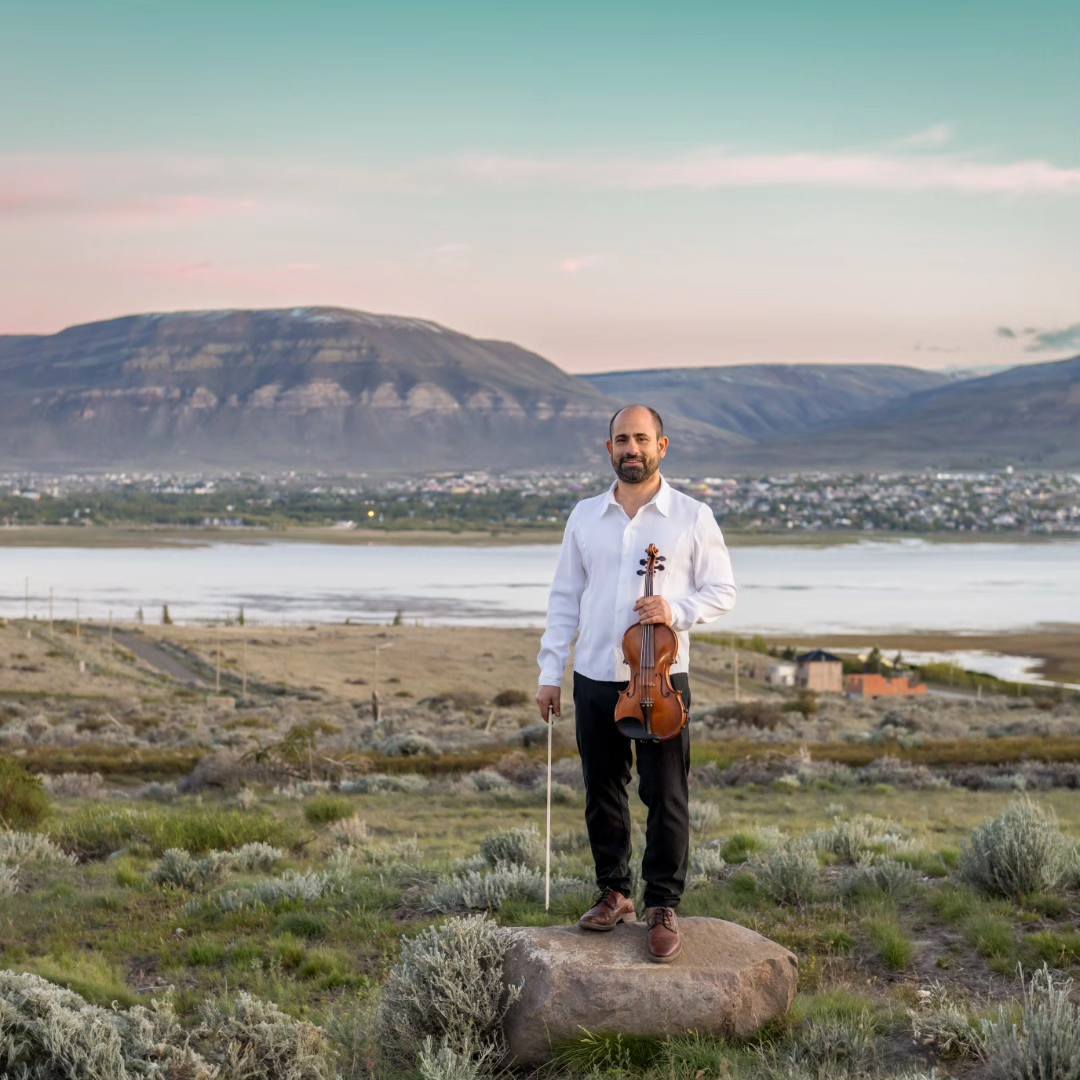
Who has been most helpful in helping you overcome challenges or build and develop the essential skills, qualities or knowledge you needed to be successful?
Each stage of my journey has had a person, or a group of people, who helped me overcome challenges and develop skills, qualities, and knowledge. From a very early age, I can mention my family—because I believe everything begins with family.
The teachers I had at each stage were also very important. At first, in coordination with my parents, my first teacher guided me through the early steps of the demanding world of old-school conservatories, where one would study a full year of theory before starting instrumental practice. My first teacher was a patient at my father’s medical practice. She was a tall, slender woman, always elegantly dressed.
In the early days at the conservatory, I had a difficult experience with a solfège teacher. I was on the verge of quitting, but thanks to my violin teacher’s intervention—she suggested changing solfège teachers and spoke directly with her—I was able to continue the course. Otherwise, I might have become another dropout from the system. In fact, my sister, who was studying piano, quit for similar reasons, unable to get past issues with her teacher.
Later on, I found people who helped make the path easier and offered me important support when I moved to Buenos Aires. There, I had the opportunity to study with some of the best teachers, including Fernando Hasaj, José Bondar, Ljerko Spiller, and Marcela Magin. All of them generously shared their instrumental and musical knowledge with me and gave me tools for the future.
I also owe a great deal to friends, colleagues, and many others with whom I’ve shared both musical and personal projects—it would be an endless list to name them all here—but they have certainly helped me grow.
During my time in Europe, I could mention Alberto Lysy, Bruno Giuranna, and Yuval Gotlibovitch, all of whom welcomed me into their classes with great generosity. To this day, I carry with me the knowledge and skills they shared so wisely and openly.
I must also mention my students—over a hundred throughout the years. Through them, I learned how to teach, because a teacher is not born knowing how to teach; they are shaped through practice, in the classroom, with their students.
Contact Info:
- Website: https://www.academiadimarco.com
- Instagram: https://www.instagram.com/academia_bernardo_dimarco
- Facebook: https://www.facebook.com/academiadimarco
- Linkedin: https://www.linkedin.com/in/bernardodimarco
- Youtube: https://www.youtube.com/@academia.dimarco
- Other: Spotify: https://open.spotify.com/intl-es/artist/6x1KxcqtPKANznpvYQTpLi?si=7XFJeodlQrG5Np5yjWLFcA
IDAGIO: https://app.idagio.com/es/profiles/bernardo-di-marco
Apple music: https://music.apple.com/uy/artist/bernardo-di-marco/1570373211
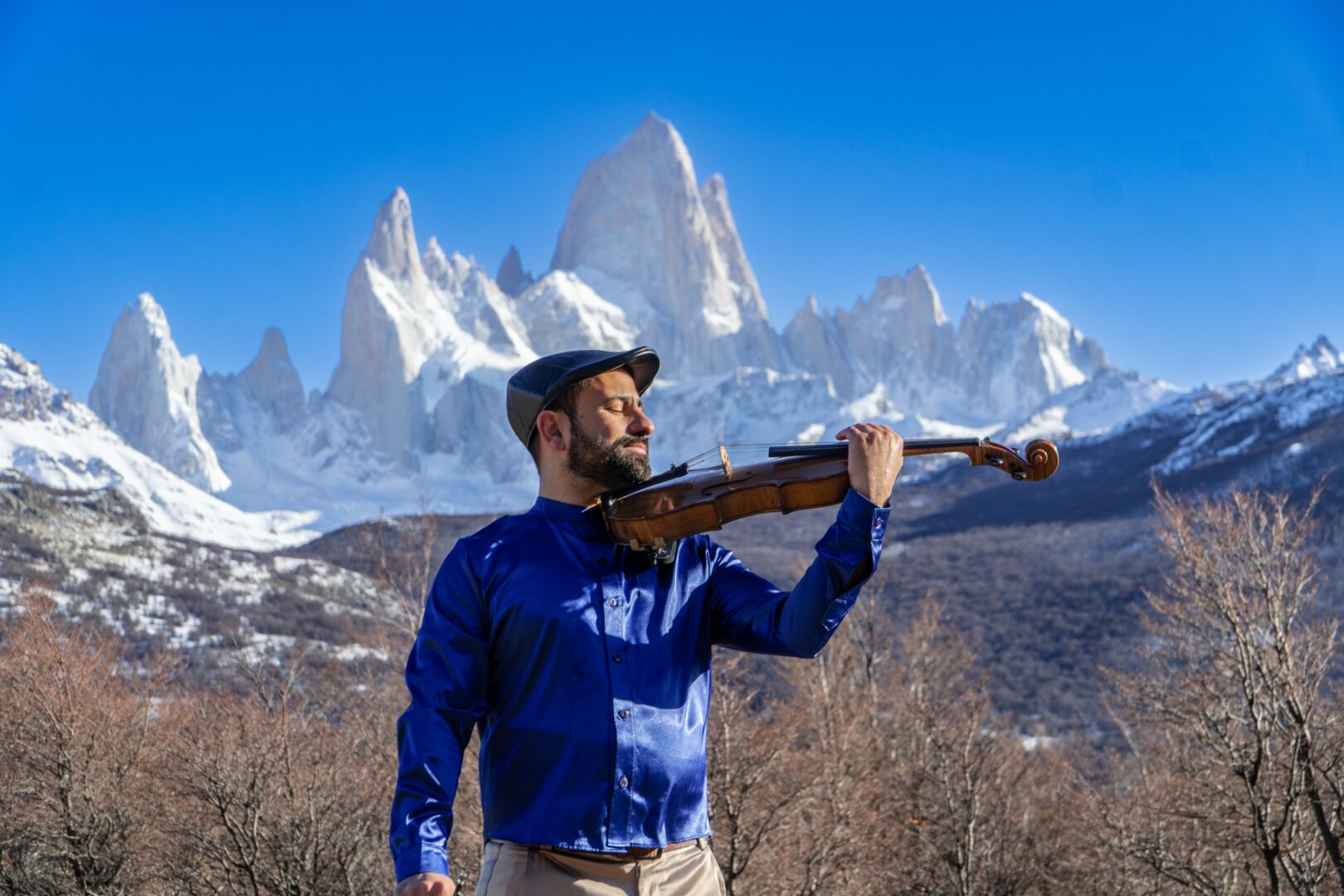

Image Credits
Paola Peralta
Araceli Rodriguez
so if you or someone you know deserves recognition please let us know here.

